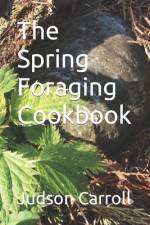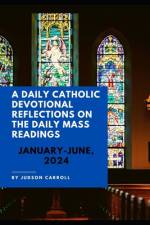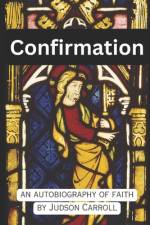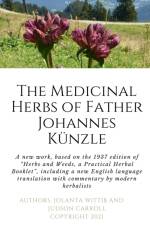av Judson Carroll
291
My love of foraging began in my earliest memories. Before I could walk long distances, my mom pulled me around in a little red wagon and picked all sorts of things for me to taste. She was not a hard core forager, but my grandfather not only planted all sorts of fruit and vegetables on his farm but encouraged edible wild plants to grow. Apparently, she had to keep a bottle of ipecac on hand because I tried to eat everything! By my teens, I was an avid forager, using field guides to identify edible plants and mushrooms.And, that is exactly the advice I would give you. Get a couple of good field guides and use a phone app to double check plant ID, if you do not have someone experienced to show you what is edible and what is not. That is how I learned (before cell phones). I did not have a mentor beyond the basics. I struggled with the decision whether or not to include pictures or illustrations of the plants in this book. In the end, I decided against it because a picture of a plant is just a snapshot in time. The same plant can look very different in a different environment, in different soil, with more or less water, or at varying times of year. I recommend the Peterson Field Guides for your region and the classic book, Botany In A Day by Thomas Elpel - these will teach you how to identify the plants using flower, stem and leaf structure. That is the most reliable and thorough way to truly learn a plant. Let me restate, THERE ARE NO PHOTOS OR DRAWINGS OF PLANTS IN THIS BOOK! I also do not discuss many edible mushrooms because mushroom foraging generally carries a bit more risk than plant foraging. Although I learned on my own, a mushroom mentor is essential for safety.This is a book about wild edible plants and how to enjoy them. This is a cookbook for those who enjoy wild food. Paired with a good field guide, This book will enable you to appreciate and enjoy the wild bounty that surrounds us. A field guide will tell you if a plant is edible, not what it tastes like or how to best prepare it.My recipes are mere suggestions based on my preferences. I rarely cook using recipes. I simply combine flavors using what I have on hand. It is essential to build a catalog of flavor memories in your mind, in your taste buds and your nose. If you are familiar with the pure flavor of each ingredient, you can create wonderful dishes using what you have on hand. Once you do this, and with a little practice, you can cook to your taste. That makes foraging and cooking much more exciting! I would never wish for a reader to look at one of my recipes and think, "Oh, I can't cook that because I don't have all the ingredients." I want you to have a general idea of each ingredient, so you can make substitutions.Many wild vegetables can be classified as mild salad ingredients, Alliums that are wild members of the onion and garlic family, greens that are like spinach, stronger/more bitter greens, plants that taste like asparagus, tubers that are somewhat like potatoes, sour plants, peppery plants, aromatic/herbal plants and flowers, seeds/grains, etc. With these flavors in mind and a familiarity with whatever herbs you have on hand, you can get very creative. Of course there are nuts and fruits, as well, but these are not really in season in the spring. In the spring, we can make salads, soups and casseroles out of many plants that are in season. So, my goal is to be a bit more creative... but don't forget there are easy ways to use most of these veggies and they are always tasty so long as they are harvested before becoming too tough in terms of greens and shoots.





